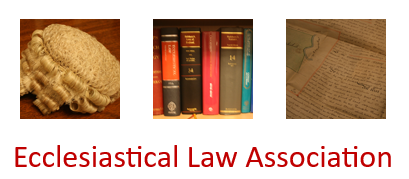The petition proposed a reordering of the chancel, to include extending the chancel floor level a short distance into the nave and to provide new altar rails. The Victorian Society objected to the proposed removal of the pulpit and the removal of the iron railings and alabaster-faced walls which separated the chancel from the nave. The Chancellor concluded that the removal of the features concerned would cause moderate harm to the significance of the building as a place of historical interest, but that the harm would be outweighed by the public benefits of providing a more open, unimpeded and flexible space to meet the worship, mission and community needs of the parish.

